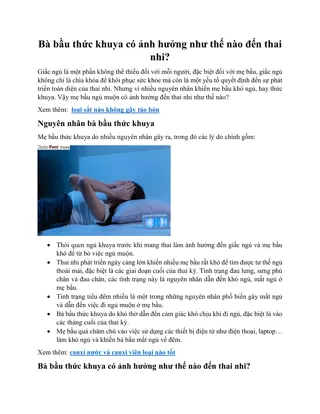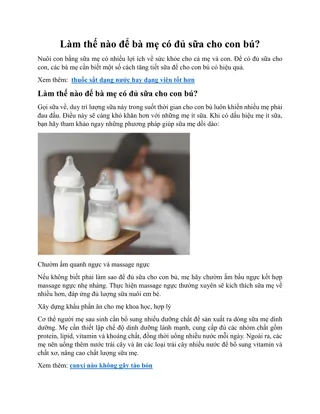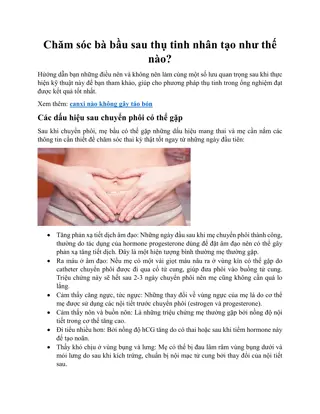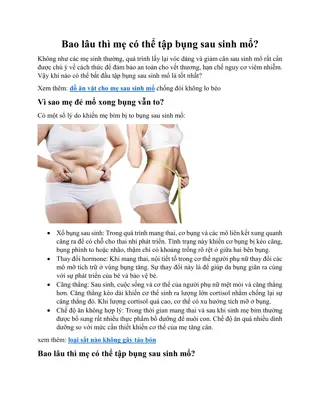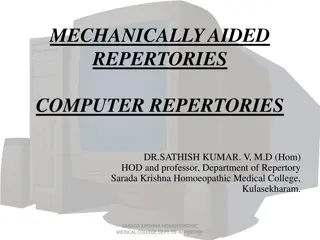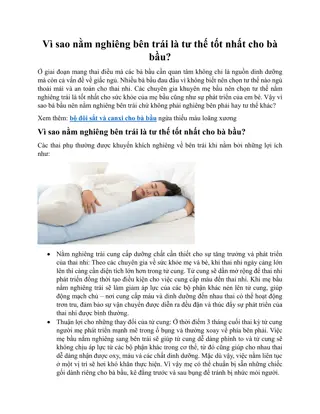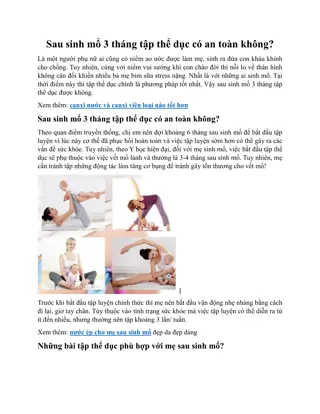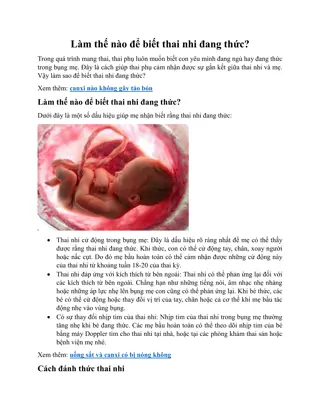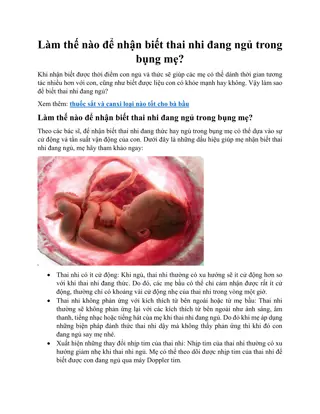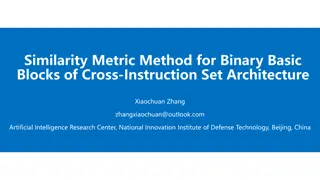The Basic Concepts of Homoeopathy
Explore the systems of healing medicine, learn the principles and origins of Homoeopathy, and delve into concepts like Isopathy and Antipathy. Discover how Homoeopathy works, its founder, and the key principles that govern this alternative system of medicine.
Download Presentation

Please find below an Image/Link to download the presentation.
The content on the website is provided AS IS for your information and personal use only. It may not be sold, licensed, or shared on other websites without obtaining consent from the author. Download presentation by click this link. If you encounter any issues during the download, it is possible that the publisher has removed the file from their server.
E N D
Presentation Transcript
Basic concepts of Homoeopathy Dr. Lincy Ramteke Professor in Obs & Gyne Gandhinagar Homoeo Medical College Gandhinagar, Ahmedabad.
Learning Objectives Systems of healing medicine Meaning of homoeopathy Origin of Homoeopathy Principle of Homoeopathy Basic concepts of Homoeopathy
System of healing medicine Isopathy Antipathy Homoeopathy Ayurvedic Unani Rekhi Allopathy Naturopathy etc
Isopathy Same cures same Use of exact same substance of disease to cure the same disease Immunology
Antipathy Opposite cures opposite
Homoeopathy Medicine which produces same changes in a healthy person cures the same changes in disease Like cures like Indian Govt recognizes it as one of its national system of medicine
Founder of Homoeopathy Dr. Christian freidrich Samuel Hahnemann German Physician and chemist Introduced and Practised
Principle of Homoeopathy Homoeos means similar Pathos means sufferings Simila similibus curanter Named as Homoeopathy
History Father of Medicine Hippocrates-Mandrake- mania Boulduc-Rhubarb cures diarrhoea Detharding-Senna cures colic Vanstoerk-Stamonium cures mania Indian medical literature Paracelsus-simila similibus curentur
Origin of Homoeopathy 18-19 century treatment-blood letting, Purging, Blistering Plasters, Emetics Ineffective and dangerous Irrational and inadvisable
Origin of Homoeopathy Translating Cullen s Materia Medica 1790 Cinchona cures malaria-astringent property 4 drams of cinchona bark juice -few days Medicine produces same changes-cures same changes Invented medicinal properties of substances Experimented on healthy persons Materia Medica Pura and Materia Medica of chronic diseases
Organon of Medicine Method of testing drug Selection of drug Knowledge of disease What to know, to cure Pharmacy, dynamization Repetition of doses diet and regimen
Fundamental principles Law of Similia Law of Simplex Law of minimum Doctrine of Drug Proving Theory of Chronic disease Theory of Vital Force Doctrine of Drug Dynamization
Law of Similia In healthy person the medicine must produce the most similar symptoms of the disease, then only the medicine is capable of curing the disease completely
Law of Therapeutics Section 26 of Organon of medicine A weaker dynamic affection is permanently extinguished in the living organism by a stronger one, if the latter is very similar to the former in its manifestations
Theory of Vital Force Living organism-three parts: Body, Mind, Spirit Spirit is called Vital Force Body and Mind are channels of Vital Force Without Vital Force the organism has No- sensation No function, No self preservation- dead 5th edition of Organon of medicine-1833 6th edition vital force vital principle
Theory of Vital Force Vital Force is disturbed-man become sick Vital force is dynamic in nature Dynamic medicine stimulates vital force to regain dynamical power Vital force cures the disease with its own power vital force is too exhausted and debilitated -No medicine can bring back
Characteristics of Vital Force Spiritual (immaterial) Autocratic (self powering) Automatic (self acting) Dynamic (energetic) Unintellegent Instinctive In healthy condition flows smoothly in the body Maintains and Sustains all normal function
Law of Simplex Section 272 Organon of Medicine One single, simple medicine is to be administered in a given case at a time
Why Single medicine? Tested, observed, documented-single Similar drug picture of one medicine More medicine do not know which medicine cured Adverse effects between medicine Useful in future Vital Force is Single
Law of Minimum Section 272 The medicine should be in very minute dose so as to stimulate the Vital Force Arndt-Schultz law Minimum dose stimulates, medium doses paralyzes and maximum doses kill
How to prepare minimum dose By Potentization Quality and quantity of substance is reduced Curative power is increased
Advantages of minimum dose Avoid harmful effects and side effects Avoid organic damage Avoid addiction Gain full and finest curative power
Doctrine of Drug Proving Section 105 process of acquiring knowledge of the instruments intended for the cure of the natural diseases Most natural and accurate way of ascertaining the pure and peculiar effects of the medicines Superficial similarity to Clinical trials Invented the use of Nitroglycerine in Angina
Requisition for Provers Healthy, intelligent, delicate, sensitive, trustworthy person Both sexes, different ages, various body types, in all climates and in all medicinal potencies Not on animals-anatomy, physiology and reaction towards medicine are different. Cannot express changes caused by medicine
Method of Drug Proving Administrate minimum dose Closely observe any deviation from normal Observe all changes physically, emotionally and mentally Documentation in sequence and own language. No medical language No coffee, Tea, Spices, Wine, playing chess Allowed Beer. Moderate exercise Confirmation
Theory of Chronic Disease Caused by Miasms Miasms-minute, morbid pollutant Two types of diseases-Acute and Chronic
Acute disease Appears sudden Small period Fixed manifestation Recovery full- with right medicine Two types- Recurring type-Cholera, flu, Typhoid etc Non-recurring type- whooping cough, mumps, measles etc Caused by Acute miasms
Chronic diseases Could not cure some cases completely Reappears after some periods Inspite of proper homoeopathic medicine Caused by Chronic miasms-Psora, Sycosis, Syphilis Alone or complex-Psora Sycosis, Syco Syphilitic, .
Psora Fundamental cause Characteristics-itching,cutaneous erruptions, vesicles, peculiar odor Treatment by Anti-psoric medicines e.g Sulphur, Lycopodium
Sycosis Caused by venereal disease Characteristics-over growth, excessive proliferation and infiltration of tissues, condylomatous and cauliflower growth Treatment Anti-psycotic medicine e.g Thuja, Medorinum
Syphilis Caused by venereal disease Characteristics- after infected coition between 7 to 14 days Chancre, little pustule, into ulcers with raised edges, stinging pain Destroys tissues, organs and bones Treatment- Anti-syphilitic medicines e.g. mercurius solubilis
Doctrine of Drug Dynamization 5th edition of Organon of medicine-1833 Medicinal properties are latent in crude form Medicinal powers are brought out and activated by Dynamization Undiluted doses caused reaction and dangerous Medicinal properties are released from poison and inert substances Also called Potentisation
Methods of drug dynamization There are two types Trituration Succussion
Trituration Reducing the medicinal substances and diluting with lactose With Motor and Pistol Methodical process Used in Insoluable substances
Succussion Diluent- Alcohol or distilled water Vigorously shacking in a methodical process Used in Soluable substance
Purposes of Dynamization Latent medicinal powers are released Medicines can act deeper and longer Medicine acquire dynamic power Attain the same plane of vital force-dynamic in nature Stimulate the vital force Evoke the deranged vital force s curative power
Purposes of Dynamization Avoids medicinal aggravation and side effects Poisonous substances effective curative medicines e.g. Arsenic, Lachesis,.. Inert substances liberates medicinal qualities e.g. common salt, charcoal, sand,..
Scales of Potentization Decimal scale (X) 1:10 Centesimal scale(C) 1:100 50 millesimal scale (LM) 1:50,000 1M=1000C 10M=10,000C CM=1,00,000C
Take home message Principle: Like cures like A medicine which can produce most similar changes in healthy person is capable of curing the same changes in a sick person Vital force-responsible for health Dynamization : diluting and increasing the medicinal properties so as to evoke the vital force and helps in curing Diseases are caused by miasms
Founder of Homoeopathy Dr. Christian Fredric Samuel Hahnemann 1755-1843 German Physician and chemist Introduced and practiced











